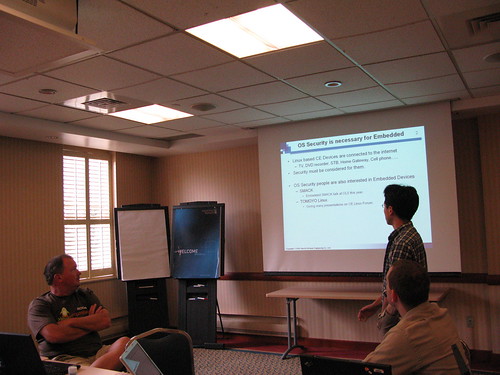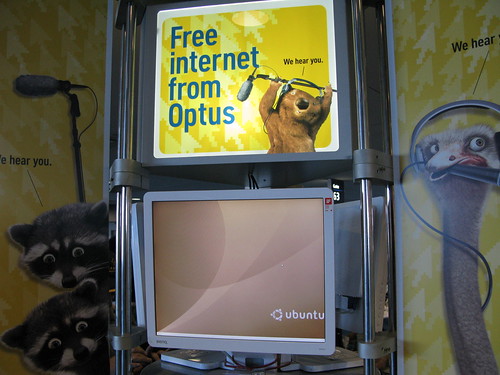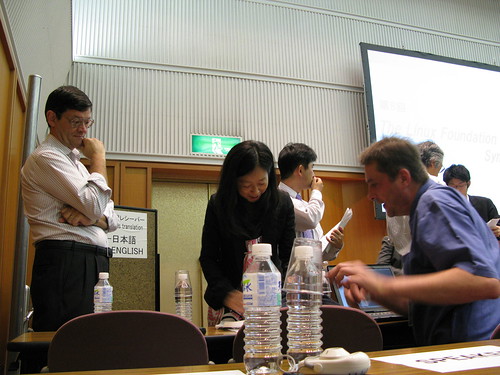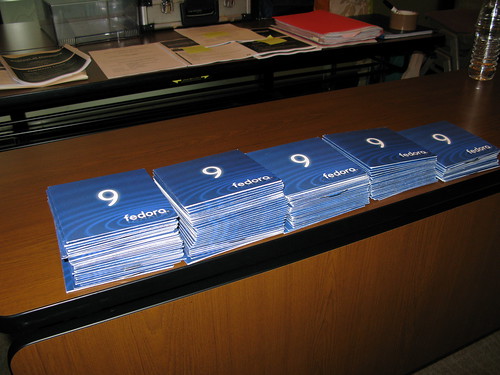Andrew Morton’s slides from the LF Japan Symposium are now here (PDF), along with the rest of the presentations (scroll down). No video as yet, it seems.
I microblogged this at the time, but it’s worth mentioning here that 15% of kernel contributions are now coming from Japan, as also noted at the LF blog. (I’m not sure if the media has picked up on this yet, but it was also announced at the Symposium that the 2009 Kernel Summit will be held in Tokyo).
Recently, Michael Chen from Red Hat was quoted in an interview that India is the third largest contributor to Fedora. That’s “following North America and Europe”, so I don’t know what the per-country rankings are, but India may be doing even better in that respect.
It’s probably impossible to say precisely what’s driving these increasing global levels of FOSS contributions, but my impressions are that in these cases, at least, that conferences such as FOSS.IN and the LF symposia are having very significant effects.
It was also most likely similarly the case in Australia in 1999 with the introduction of CALU (which evolved into LCA), that local FOSS efforts were greatly stimulated by holding a technical conference which attracted a combination of leading international and local contributors. It was certainly a major factor in my own subsequent involvement in kernel hacking (which was at the time very sporadic, but became vastly more focused after meeting & seeing the likes of Dave Miller, Rusty and Tridge).
It’s interesting to compare how this works differently in different regions. India and Australia developed their own grassroots conferences, while Japan (and recently China) have developed conferences based around industry consortia. Whether this is cultural or a sign of the times is unclear, but it seems the ultimate effect is basically the same. More people contributing—not just code—to the community process.
A comment made by Toshiharu Harada during his genuinely entertaining TOMOYO talk was particularly interesting:
Merging TOMOYO Linux started as our mission, but now they are our personal goals.
While FOSS has become increasingly mainstream, it seems that the underlying dynamics of the community also remain the same, in terms of people fulfilling personal goals (technical, social, economic), as well as those of their employers.




